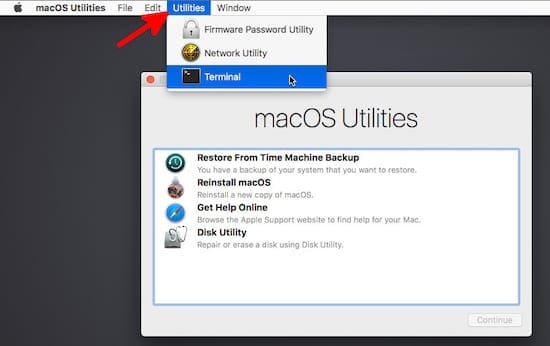

MacOS retained the major version number 10 throughout its development history until the release of macOS 11 Big Sur in 2020 releases of macOS have also been named after big cats (versions 10.0–10.8) or locations in California (10.9–present). The operating system was further renamed to "macOS" starting with macOS Sierra. Download AirPort Utility 5.6. A PC that has AirPort Utility 5.6.1 for Windows installed on the computer would probably work as well. Lion was sometimes referred to by Apple as "Mac OS X Lion" and sometimes referred to as "OS X Lion", without the "Mac" Mountain Lion was consistently referred to as just "OS X Mountain Lion", with the "Mac" being completely dropped. The solution is to use.or borrow for 10-15 minutes.an older Mac running an older operating system like Leopard (10.5.x) or Snow Leopard (10.6.x).
#MAC AIRPORT UTILITY MACOS 10.15 MAC OS X#
Starting with the Intel build of Mac OS X 10.5 Leopard, most releases have been certified as Unix systems conforming to the Single Unix Specification. Starting with Mac OS X 10.7 Lion, macOS Server is no longer offered as a separate operating system instead, server management tools are available for purchase as an add-on.
#MAC AIRPORT UTILITY MACOS 10.15 INSTALL#
Now that you have erased MacOS Catalina from your Mac, you will have to install a version of MacOS in this case, it is MacOS Mojave. Since then, several more distinct desktop and server editions of macOS have been released. Upon completing this procedure successfully, you can exit Disk Utility and your Mac is ready to install MacOS Mojave. If you’re a first time Mac user or haven’t upgraded your Mac’s operating system (macOS), you’ll want to review all the steps required before upgrading (or rather not upgrading).Incompatible hardware and software often won’t work correctly and can shut down your entire recording system. MacOS was first released in 1999 as Mac OS X Server 1.0, with a widely released desktop version- Mac OS X 10.0-following in March 2001. To ease the transition, versions through 10.4 were able to run Mac OS 9 and its applications in a compatibility layer. The transition was a technologically and strategically significant one. This older version of AirPort Utility is needed to configure older AirPort units (both AirPort Express and AirPort Extreme).

Using the Launcher, it is possible to run AirPort Utility v5.6.1 under versions of OS X that would otherwise reject the application. Although it was originally marketed as simply "version 10" of the Mac OS (indicated by the Roman numeral "X"), it has a completely different codebase from Mac OS 9, as well as substantial changes to its user interface. The Launcher is a small utility for OS X (compatible versions listed, supra).


 0 kommentar(er)
0 kommentar(er)
